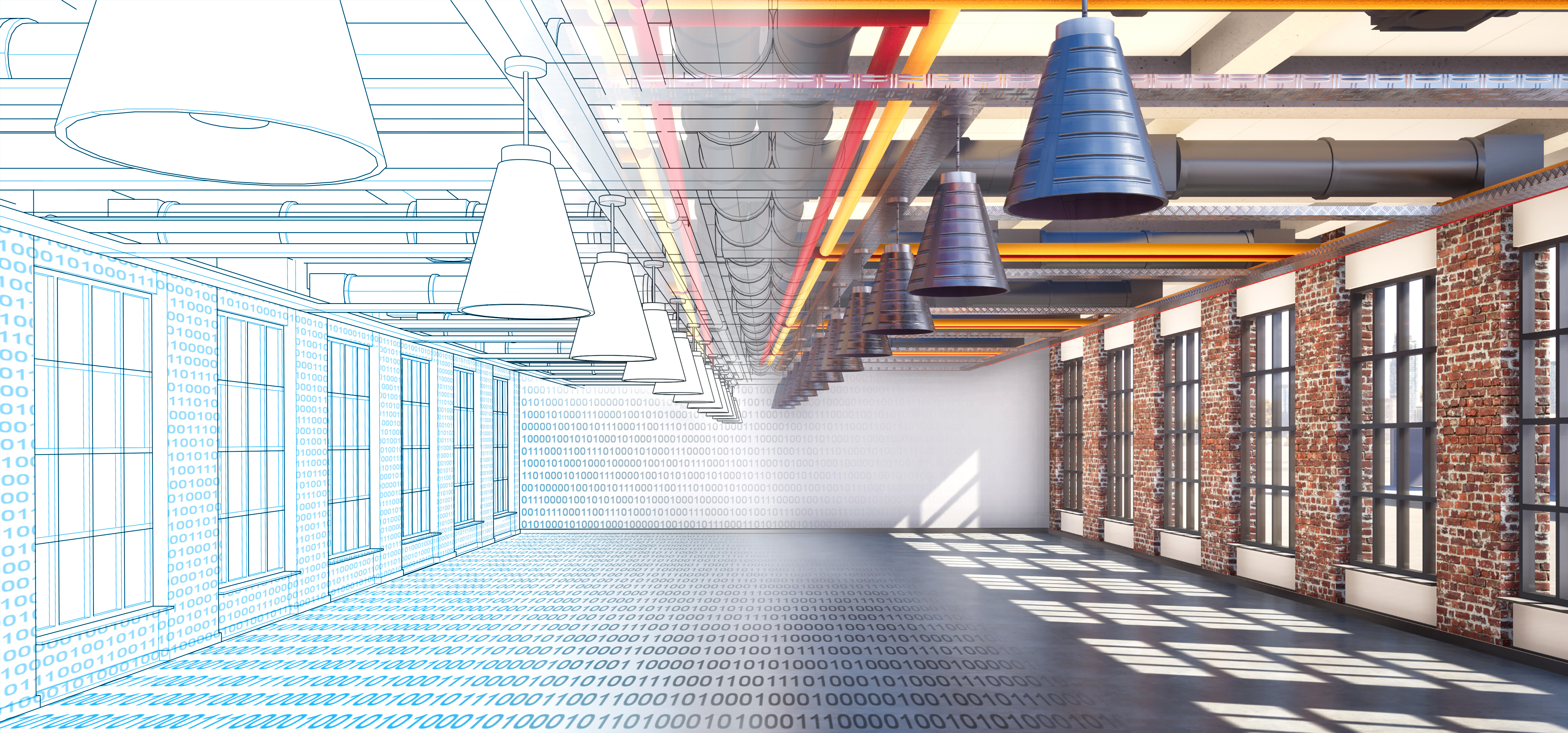Unveiling the Future of Building Information Modeling Software
August 18, 2023For professionals in architecture, engineering, and construction, Building Information Modeling (BIM) software is a critical tool. This emerging industry of dynamic and versatile tools is reshaping how buildings and infrastructure are designed, constructed, and managed, while also serving as a hotbed for collaboration and innovation. In 2023, the industry was valued at $7.9 billion. In 2030, its revenue is projected to grow to more than $25 billion.
So, what is the BIM industry, what are these tools used for, and why is the industry set to take a massive leap? Let's look at the industry’s transformative role, some of the leading software programs, and the driving forces that are propelling its rapid growth.
Empowering AEC Professionals
Building information modeling software encompasses a suite of software tools and technologies that empower professionals to create and manage digital representations of construction projects. These digital models go beyond mere visual representations; they integrate crucial data, specifications, and attributes that drive efficiencies and collaboration throughout the project lifecycle.
BIM is not only about visualizing structures but also infusing intelligence into every facet of design and creation. Now, BIM is set to reimagine longstanding practices in architecture, engineering, and construction (AEC).
An Emerging Suite of Tools
The suite of BIM software tools is as vast and diverse as the buildings they help to create. Whether multifunctional or narrower in use, each platform has a variety of features tailored to meet the diverse needs of the AEC industry.
Leading software platforms like Autodesk Revit and Graphisoft Archicad enable architects and engineers to craft intricate 3D models that showcase the physical and functional aspects of a project. These models encompass everything from foundational elements to intricate mechanical systems. Tools like Enscape and Lumion offer immersive visualizations that bridge the gap between the digital realm and reality. Together, these visualizations enable stakeholders to experience the project in a lifelike manner, facilitating better design comprehension and informed decision-making.
To integrate comprehensive data into these models, programs like Bentley AECOsim Building Designer and Vectorworks Architect help identify critical insights about detailed specifications, dimensions, materials, costs, and performance. And with tools like Trimble Connect and BIM 360 by Autodesk, professionals engaged with different parts of the project can connect through digital collaboration hubs. Bringing architects, engineers, contractors, and stakeholders together on a shared platform that integrates comprehensive data with real-time communication can minimize conflicts, streamline decision-making, and provide an all-encompassing view of the project.
Similarly, software like Bluebeam Revu and Tekla Structures guides projects throughout their lifecycle to ensure that accurate and updated information is readily accessible at every stage. This information can be integrated with the capabilities from tools like Procore and PlanGrid by Autodesk to manage budgets and scheduling, helping to optimize costs, resource allocation, and project timelines.
To ensure that construction projects adhere to codes, regulations, and standards, AEC professionals can use platforms like Tekla Structural Designer and Allplan Architecture. They can also use Solibri Model Checker and Navisworks by Autodesk to scan digital models for conflicts between different building systems that may result in violations or costly errors.
And as the AEC industry continues to embrace the era of green building, BIM software like Integrated Environmental Solutions Virtual Environment and DesignBuilder help to analyze a building's energy performance, guiding decisions toward energy-efficient design strategies.
Trends, Innovations, and Growing Market Value
The AEC industry is embracing digital transformation, and BIM software stands at the forefront of this evolution. These platforms serve as a catalyst for improved project outcomes, cost savings, and seamless collaboration. As this transformation continues, the industry is integrating more with technologies like cloud computing and artificial intelligence that can amplify BIM's capabilities and transform how construction projects are conceived and executed.
The world’s population is expected to grow by nearly 2 billion people in the next 30 years. And as the population shifts more toward urban environments, the need for more efficient and precise management of large, complex projects – including those that can be built and operate with lower environmental impact – will become increasingly important. BIM's ability to manage intricate projects and streamline collaboration across geographical boundaries positions it as an indispensable tool.
As the BIM industry overcomes initial barriers like high costs and lack of awareness, its value is becoming increasingly evident. Organizations are recognizing its long-term benefits, leading to a surge in adoption across projects of varying scales. By combining advanced software capabilities, holistic data integration, project management, and cross-functional collaboration, BIM is steering construction toward a sustainable, efficient, and interconnected future that is setting the stage for a monumental transformation of the AEC landscape.
Capitol Technology University’s programs in Construction and Facilities can prepare you to use the vast suite of business information modeling software to create the next wave of sustainable and functional buildings. For more information, visit the Capitol website or contact our Admissions team at admissions@captechu.edu.





